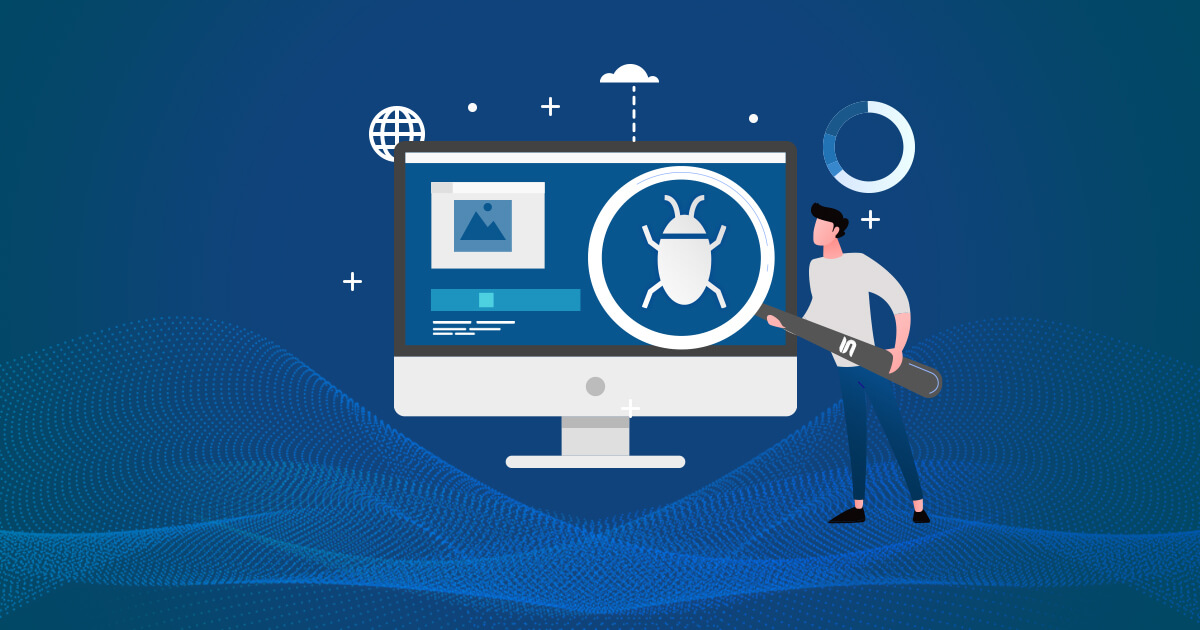In the soaring number of cyberattacks that target a wide range of organizations, IT security admin must be aware of fundamental security routine and inculcate vulnerability scanning best practices.
Vulnerability scanning is a crucial process that involves identifying potential exploits, security deviations, system misconfigurations, and unauthorized access entry points in a network. To achieve efficient vulnerability scanning, it is essential to establish a good plan to set up a vulnerability management software.
In this article, you will learn about vulnerability scanning best practices that will minimizes risk exposure and maximizes the benefits.
Vulnerability Scanning Best Practices to Elevate Your Vulnerability Management Program
Scan Every Device that Connects within your IT Environment
Firstly, IT security admins must make sure that every device and network like servers, routers, switches, IoT devices must be scanned to discover vulnerable ports and access points. To start with vulnerability scan, one must gain knowledge about potential weaknesses in their IT environment. Hence, scanning all the devices and network will bring light to various vulnerabilities. In addition, it allows formulation of remediation plans.
Schedule Continuous Vulnerability Scans
Many vulnerabilities are under exploitation daily. IT security teams must plan and schedule ongoing vulnerability scans to keep up with emerging vulnerabilities. Continuous vulnerability scans expose the vulnerabilities on time, and you can take precise actions to remediate on time. The vulnerability scanning tool must avoid network disruption and silently run on the backend without interrupting the user.
Apply configuration controls on scanning process
Basically, IT security admins must get complete control on vulnerability scans according to the organization’s objectives. As 50-60 vulnerabilities emerge every day, it is good to set the parameters like the target IP addresses, ports, vulnerabilities to check.
In addition, you must also choose the appropriate scan mode, such as full throttle or low mode, and minimal usage of CPU resources. All the parameters must be applied and run the scan in fewer minutes.
Automate the Vulnerability Scanning Process
Manual vulnerability scans are tedious and time consuming to conduct. IT security admin must ensure that there is less gap between the scans. Periodic vulnerability scans create a huge gap and keeps the vulnerabilities on blindside.
Hence, it is vital to automate the vulnerability scanning process that scans continuously. In addition, it is best if you rely on vulnerability scanners integrated with huge vulnerability intelligence feed to enable accurate detection of vulnerabilities.
Prioritize Vulnerabilities
A smart IT security admin must prioritize vulnerabilities based on the severity posed to the organization. Prioritization based on scanning results will help remediate the most critical vulnerabilities first. In this way of time-management practice with resource limitations avoids the dilemma of IT security admins: “what to remediate first?”.
Therefore, IT security admin can use CVSS scores to define severity or risk-based prioritization to remediate high-severe vulnerability first. Also, prioritization based on exploit activity, availability, age can help in prioritizing vulnerabilities effectively.
Plan for Instant Remediation
Once the vulnerabilities are detected and prioritized, IT security teams must plan a quick remediation process to mitigate them. To achieve this, the vulnerability scanning tool must be integrated with patching tool to reduce the security gap between detection and remediation.
Final Thoughts
Vulnerability scanning is the key to preventing cyberattacks in your organization. Stay ahead of the game by inculcating best practices for your vulnerability scanning program. As cyberattacks become more common, it’s crucial to prioritize your IT security. By conducting regular vulnerability scans, and deploying patches with a patch management software, you can identify potential weaknesses before attackers exploit them.
Reduce your threat surface is easier than you think with vulnerability scanning best practices.

